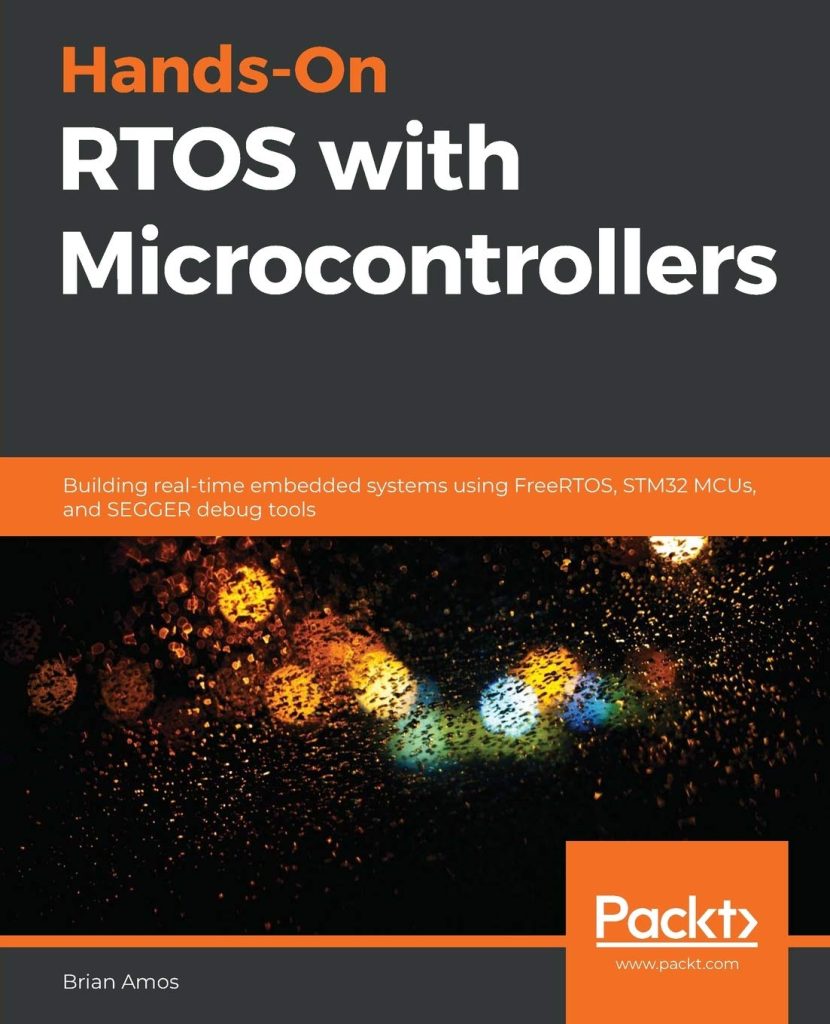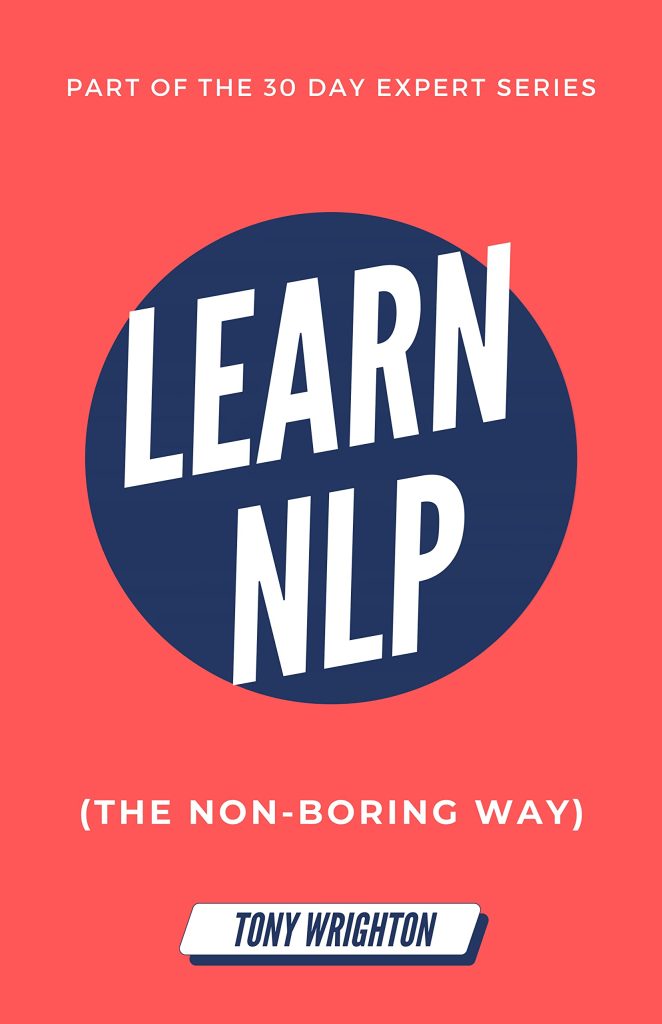
Memory management is an important concept in Swift programming, as it helps prevent memory leaks and ensures efficient use of system resources. Swift uses Automatic Reference Counting (ARC) to manage memory, which automatically frees up memory this is no longer being used. However, developers still need to be aware of potential retain cycles that can prevent memory from being released.
Understanding ARC
In Swift, every time you create a new instance of a class, ARC allocates a chunk of memory to store information about that instance. When the instance is no longer needed, ARC releases the memory. However, to determine when an instance is no longer needed, ARC uses a reference count. Each time a reference to the instance is created, the reference count is incremented, and every time a reference is removed, the count is decremented.
When the reference count reaches zero, ARC knows that the instance is no longer in use and can release the memory. This process happens automatically, so developers don’t have to worry about manually freeing up memory.
Retain Cycles
One issue that can arise with ARC is retain cycles. A retain cycle occurs when two or more instances have strong references to each other, preventing their reference counts from reaching zero. This means that the memory they occupy can never be released, leading to memory leaks.
To break retain cycles, Swift developers can use weak or unowned references. A weak reference does not increase the reference count and can be set to nil when the instance it references is deallocated. An unowned reference also does not increase the reference count but assumes that the instance it references will always be around, so it does not need to be set to nil.
Code Examples
Let’s see an example of how to use weak references to break a retain cycle:
class Person {
var name: String
var apartment: Apartment?
init(name: String) {
self.name = name
}
}
class Apartment {
var number: Int
weak var tenant: Person?
init(number: Int) {
self.number = number
}
}
In this example, a Person instance can have an Apartment, and an Apartment can have a tenant. However, by making the tenant property a weak reference, we ensure that if a Person instance is deallocated, the Apartment instance’s reference count will not prevent it from being deallocated as well.
Now let’s look at an example of using unowned references:
class Customer {
var name: String
var card: CreditCard?
init(name: String) {
self.name = name
}
}
class CreditCard {
let number: UInt64
unowned let owner: Customer
init(number: UInt64, owner: Customer) {
self.number = number
self.owner = owner
}
}
In this example, we have a Customer class that has a CreditCard. We use an unowned reference for the owner property because we assume that a credit card can’t exist without its owner. As long as we make sure that the customer is deallocated after the credit card, we won’t have a memory leak.
To wrap it up, understanding memory management using ARC and how to prevent retain cycles using weak and unowned references is important for Swift developers. These concepts help ensure that the application runs smoothly and does not waste system resources.
Source: https://www.plcourses.com/memory-management-in-swift/




